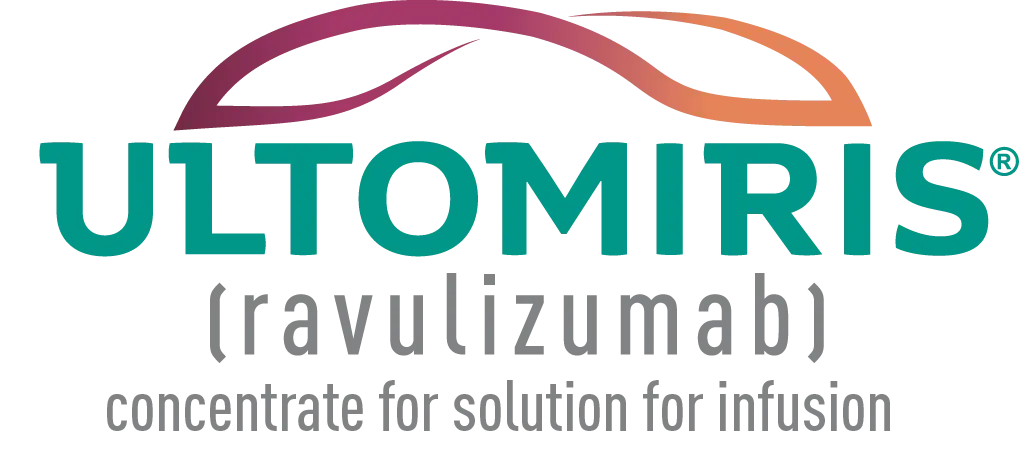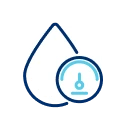




- While haematological parameters improve rapidly with C5 inhibition, improvement in renal outcomes is time-dependent – in some patients renal function continues to improve for up to 2 years after treatment initiation7-9









†Analysis of data from the Global aHUS Registry. Included were patients who had received ≥1 month of C5 inhibitor therapy; had evidence of clinical response (LDH <1.5× ULN or platelet count ≥150,000/μL or eGFR >30 mL/min/1.73 m2 or a decrease in serum creatinine by 25% vs baseline), and had discontinued C5 inhibitor therapy with ≥6 months of follow-up after discontinuation, unless TMA recurred sooner. Pathogenic variants were more common among patients with versus those without TMA recurrence (30.3% [10/33] vs 15.0% [17/113]). The pathogenic variants tested were: CFH, C3, CFI, CFB, MCP, THBD and DGKE.2
C5, complement component 5; aHUS, atypical haemolytic uraemic syndrome; CKD, chronic kidney disease; ESRD, end-stage renal disease; LDH, lactate dehydrogenase; TMA, thrombotic microangiopathy.